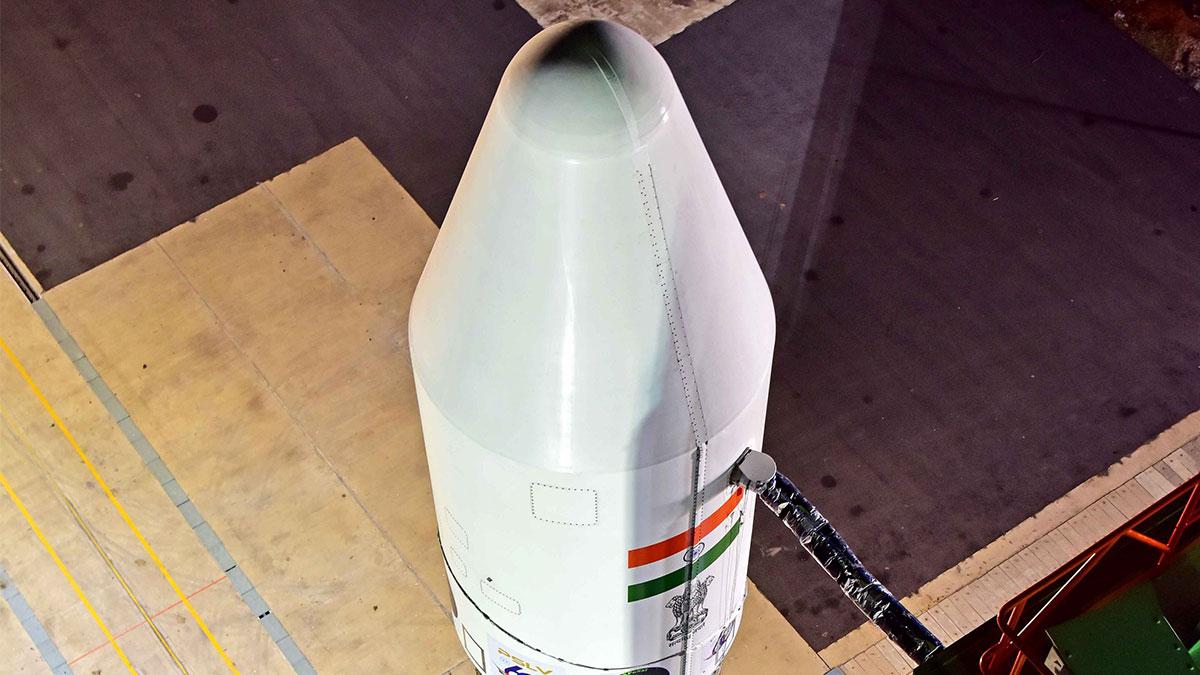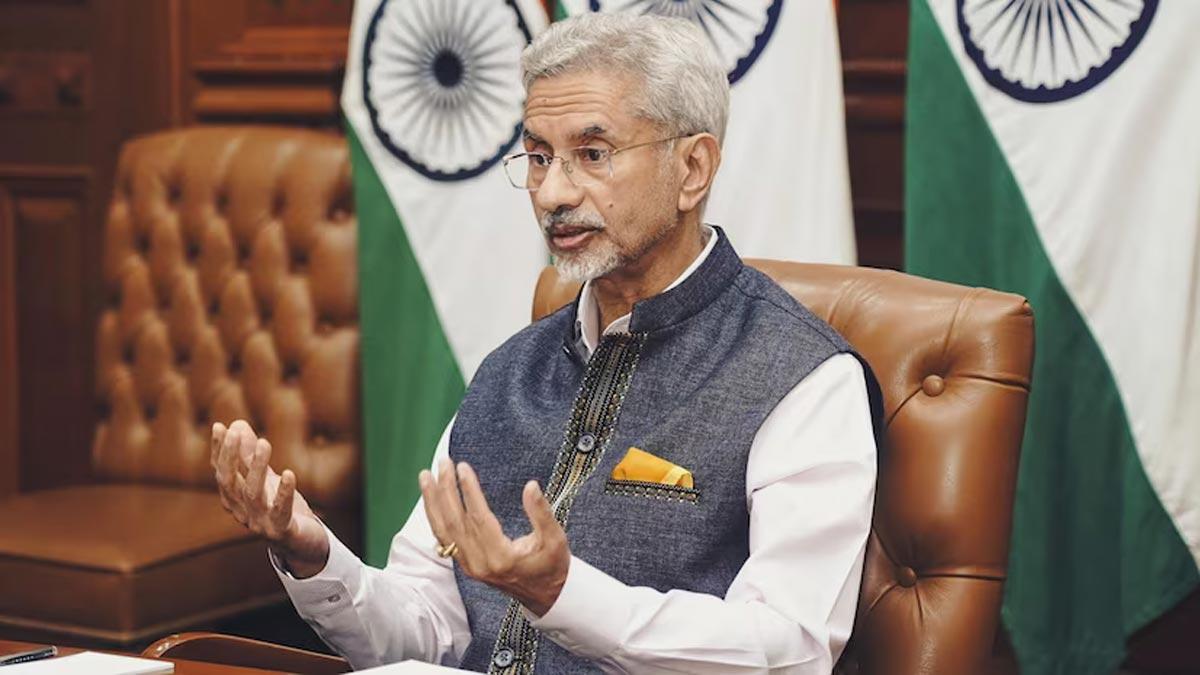ISRO is set to embark on a historic mission on January 1, marking the first time in its history that a space mission is scheduled on the first day of the calendar year. The mission will involve the Polar Satellite Launch Vehicle-DL (PSLV-DL) variant rocket carrying the X-ray Polarimeter Satellite (XPoSat) along with 10 other payloads.
Scheduled for launch at 9.10 a.m. from the Satish Dhawan Space Centre (SDSC) in Sriharikota, Andhra Pradesh, the PSLV-C58 stands at 44.4 meters tall and weighs 260 tons. The XPoSat, weighing around 740 kg, will be accompanied by 10 scientific payloads integrated onto the PSLV Orbital Platform.
Approximately 21 minutes into its flight, the rocket is expected to place the XPoSat into orbit at an altitude of about 650 km.
The PSLV, in its typical configuration, operates as a four-stage/engine expendable rocket powered by a combination of solid and liquid fuels. Variants of the PSLV include Standard, Core Alone, XL, DL, and QL, each differing primarily in the number of strap-on boosters utilized based on the payload's weight.
For instance, the PSLV-XL, QL & DL variants use 6, 4, 2 solid rocket strap-on motors, respectively, augmenting the thrust provided by the first stage. However, the core-alone version (PSLV-CA) does not incorporate strap-ons in its design.
This mission stands as a notable milestone for ISRO and the space exploration endeavors in India, showcasing the agency's continuous advancements in space technology and exploration.
(With Agency Inputs)
ALSO READ | PM Modi dials ISRO chief to congratulate him, team for Chandrayaan-3 success


















